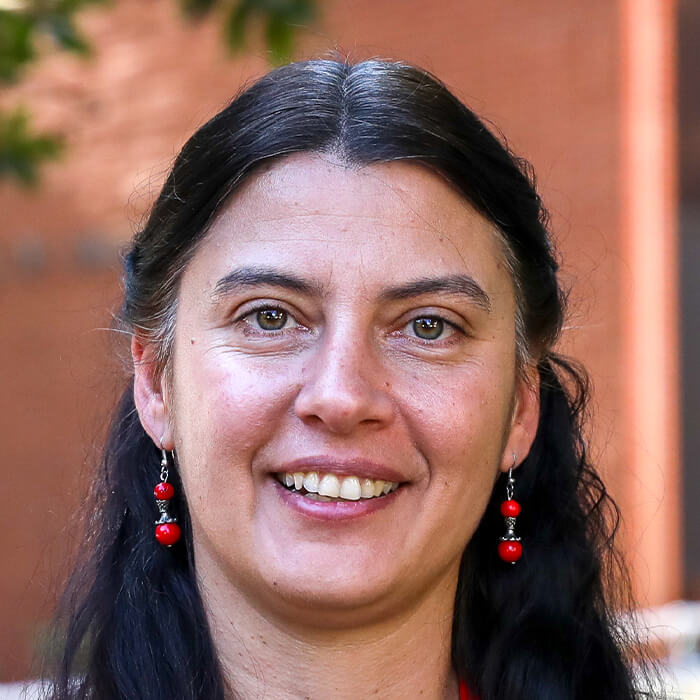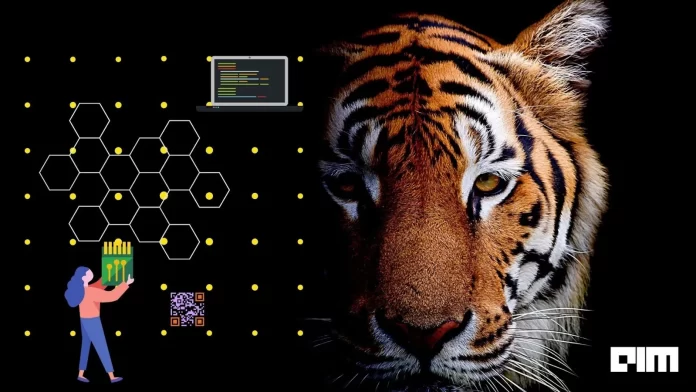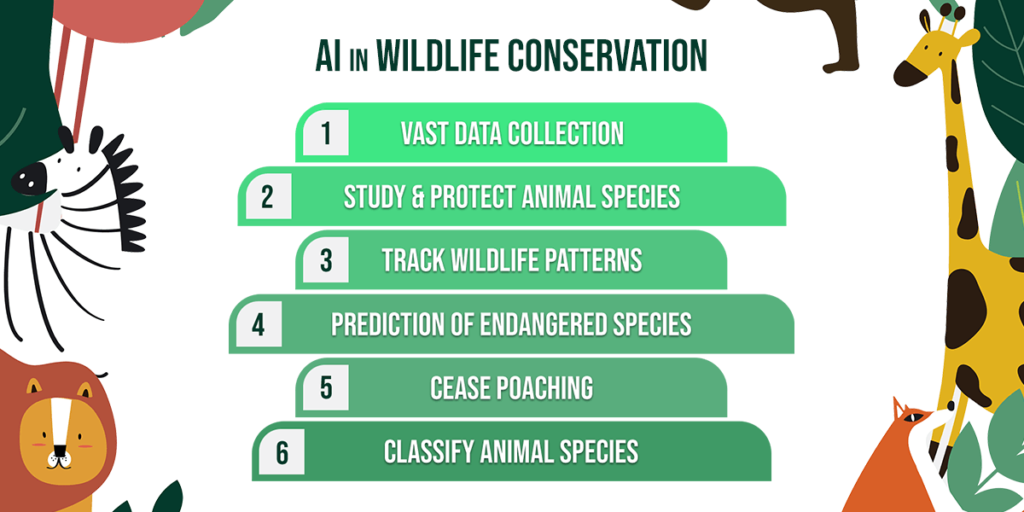In a chat with Benedict Paramanand, Editor of SustainabilityNext, Bistra Dilkina, Assistant Professor of Computer Science and Associate Director of the University of Southern California Center for Artificial Intelligence in Society, shares interesting possibilities computational sustainability and AI can play in raising the hopes of reversing climate change in the foreseeable future.
Computational sustainability is a relatively new term to me. Please share how it all started.
Computational sustainability was established as a new research area in 2008. I was a PhD student at Cornell at that time. My advisor, Professor Carla Gomez, at Cornell had a big vision. It started from the realization that although Sustainable Development has been at the forefront of one of the grand challenges of our generation, and the Sustainable Development Goals had been developed and discussed extensively, computer scientists were nowhere to be seen in those conversations.
The idea was really to bring to the forefront of people working in Computer Science and computational fields to think about the fact that the methods and tools we developed can play a critical role in addressing some of the Sustainability challenges. I have always been very passionate about nature. I started thinking ‘How can the things I was working on help in biodiversity conservation?’

Computer Science and AI can bring a lot of solutions to pressing problems. New challenges are bringing new research questions to Computer Science. It is a rewarding two-way street – solving problems but also developing Computer Science with new models, new algorithms, new solutions.
I developed a computational framework that can take data on the cost, the environment, and the species’ needs and search through all possible decisions of where you should, let’s say, conserve land or establish what’s called Wildlife Corridors to preserve connectivity across landscapes to obtain the best environmental impacts for the smallest amount of dollars. It helps consider economic constraints together with the ecological priorities and find a way to have a model that helps you make these decisions as opposed to like, let’s say, just using maps and intuitively deciding what makes more sense.
AI has redefined our ability to monitor biodiversity. And that will in turn improve our understanding of species and their habitats. etc. Right? That’s one. The second one is for example looking at the models of dependents of species on ecosystems and habitats. AI can help us create more accurate models that would then help us understand which species we must be worried about or where we should conserve land. Not only for today’s distributions but future distributions under climate change.
Another area that I worked on is looking at poaching and illegal wildlife trafficking. Again, the biggest threats to biodiversity are habitat destruction and fragmentation which is mostly due to agriculture, urbanization, and other things. We can leverage AI to use historic data to predict maybe where poachers will put traps in conversation areas. How the trafficking of poached animals across the airline network, across the globe.
Who has used your model? What has been the result?
In the U.S. I worked with an organization, an NGO, called The Conservation Fund. They used some of the models I developed to decide where to buy additional land to improve the persistence of an endangered species called the Red-cockaded Woodpecker.
The other example I can cite is disaster resilience. Here too, it involved limited resources and complex decision-making on, for example, fortifying roads or water infrastructure to improve disaster resilience. Last three years I’ve been working closely with the Los Angeles Department of Water and Power to make sure that the water infrastructure in LA is resilient to earthquakes, especially for critical customers like hospitals, evacuation centres, and fire stations. So, they had to replace some pipes with special pipes that are much more earthquake resilient. We developed an AI-based decision support tool that does LA plan better.
You said you worked on studying sea level rise
We looked at sea level rise, which is also very relevant to India, and the second-order effect of sea level rise impacts through climate migration.
Often studies are about the impact of sea level rise on how much of the coastal areas will be submerged and how many people live in that area. We looked at the second-order effect, which is basically about where will these people go once they decide to move away from the coastal areas due to sea level rise. So, we first developed a predictive model of human migration. ‘Where would people decide to move once they’re forced to move?’ and combine sea level rise and apply the migration model and then estimate where the influx of this climate migrants will be the biggest.
And the interesting thing about that study, which was surprising to a lot of people, we did this for the U.S., is that these migrations are not in the coastal areas. So, the sea level rise is a red flag for not only the coastal areas but also for inland urban areas. So, when you have more than a 5% -10% increase in expected population because of this incoming migration, you must start making mitigation efforts like improving infrastructure, health, education and so on. So, this kind of really highlighted which areas of the country should worry about climate migration as the second-order effect.
How will AI impact Sustainability?
I haven’t participated in Corporations directly, but I have been in some working groups. For example, there is a global partnership on AI. I don’t know if you are familiar. It’s called GPAI. It’s an organization that connects, I think 18 different countries and the European Union, a think tank about how we should govern and apply AI and they had a working group for custom AI and sustainability. I was one of the experts that they tapped in working in that thinking through examples of how AI can inform sustainability and how we can leverage it better.
I think one of the important things for me today, especially with the increase in the impact that AI has on all sectors will be the way we do business operations. It’s making sure that the new generation of computer scientists are also seeing themselves as global citizens and have this perspective of understanding challenges for our society. What are the problems that need to be solved? Think about ethics and fairness and equity and so on and bring that with them to whatever technical projects they work on.
Fear of AI
My commitment has been to work on projects that will leverage AI for good. As part of that, I feel that it’s very important for me to communicate those opportunities and successes to the broader community. On how AI can be used not only to alleviate fears but also to inspire people. AI does not have a wheel of its own. It’s all about how people choose to use it. It’s a very powerful tool and I think we should always strive to inspire everybody to be thinking about how to leverage it for good.
I see a lot very thoughtful thinking around AI governance. I do believe that to not fear it, it’s important to have the right framework. It’s thinking about responsibility and AI and how to establish safeguards and how to establish expectations and monitoring.
I think people who really fear AI also have a misconception about what it can or cannot do. AI, the current AI is much more powerful than when we expected it to be 10 or 20 years ago, it’s still in the sense used for predictive tasks. It’s not like acting on its own or anything like that. We are very far away from any of those like it is in science fiction.
The same internet was a new technology, we didn’t know how to govern it. Right? Let’s say, finance in the finance sector, we didn’t maybe decades ago, didn’t know how to govern it. I think, you know as a society, we have innovative ways and processes to figure out the right policies. It might take a while. It’s an iterative process but I do believe that we are going to figure it out. I don’t really subscribe to the doomsday scenario of AI, not at all.











